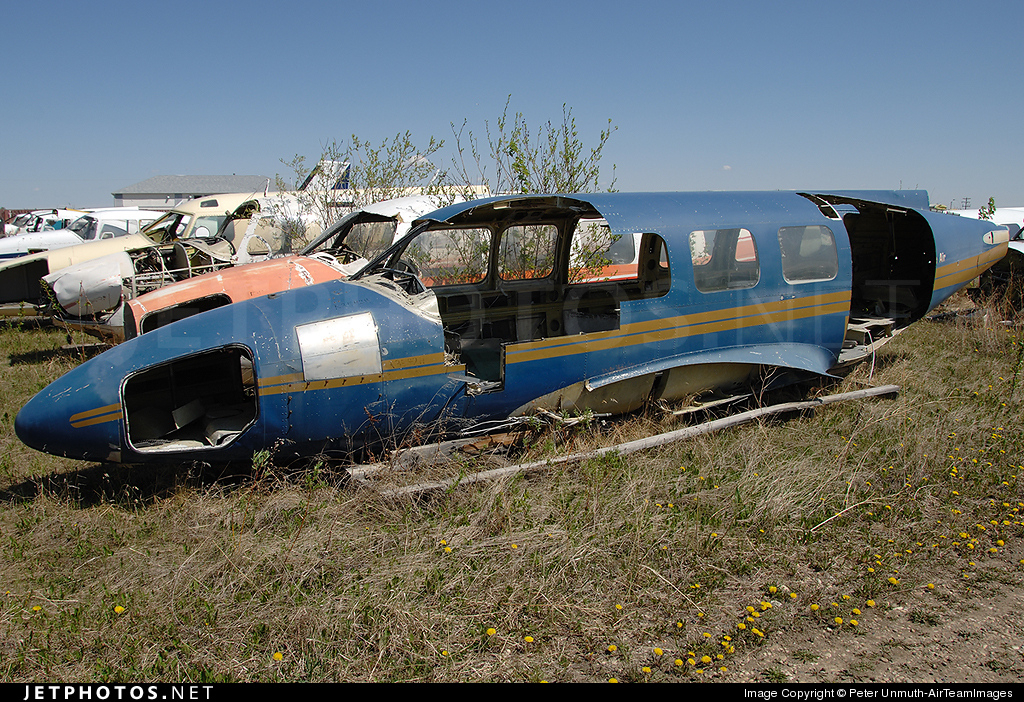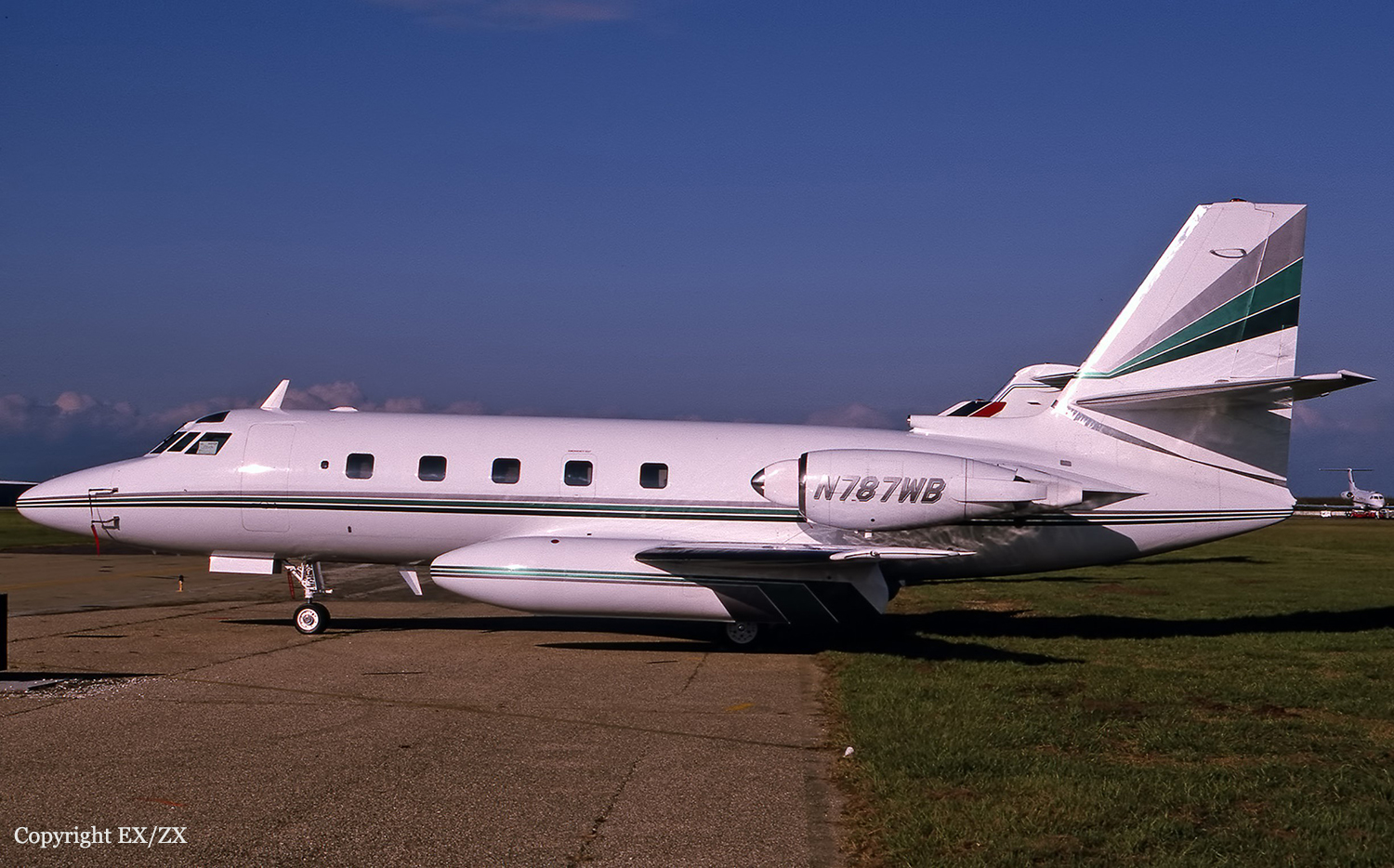Crash of a Beechcraft C99 Airliner near Bishop: 1 killed
Date & Time:
Feb 12, 1999 at 1030 LT
Registration:
N205RA
Survivors:
No
Schedule:
Tonopah - Bishop
MSN:
U-205
YOM:
1983
Crew on board:
1
Crew fatalities:
Pax on board:
0
Pax fatalities:
Other fatalities:
Total fatalities:
1
Captain / Total hours on type:
692.00
Aircraft flight hours:
20522
Circumstances:
The airline transport pilot was repositioning the Beech C99 turboprop cargo hauler on a 73-mile trip without cargo. The pilot had been flying this route for some time and this was his last trip before upgrading to a larger aircraft and route. He told friends that he would take pictures of the scenic parts of the route on his last trip. Three witnesses reported seeing the airplane flying west at low altitude. Two of the witnesses were local ranchers who saw the airplane enter the White Mountains near Trace Plumas Canyon about 7,000 to 8,000 feet msl. White Mountain is 14,246 feet, tapering off north to 13,559 feet and south to 11,285 feet msl. The airplane was reported missing and 2 days later located on White Mountain about 9,400 feet msl. The company flight planned route is 15 miles south of the accident site through Westgard Pass, about 7,291 feet msl. Examination of the low energy impact and the subsequent recovery inspection failed to reveal any mechanical issues.
Probable cause:
The pilot's failure to follow procedures and directives and his failure to maintain clearance from mountainous terrain.
Final Report:







